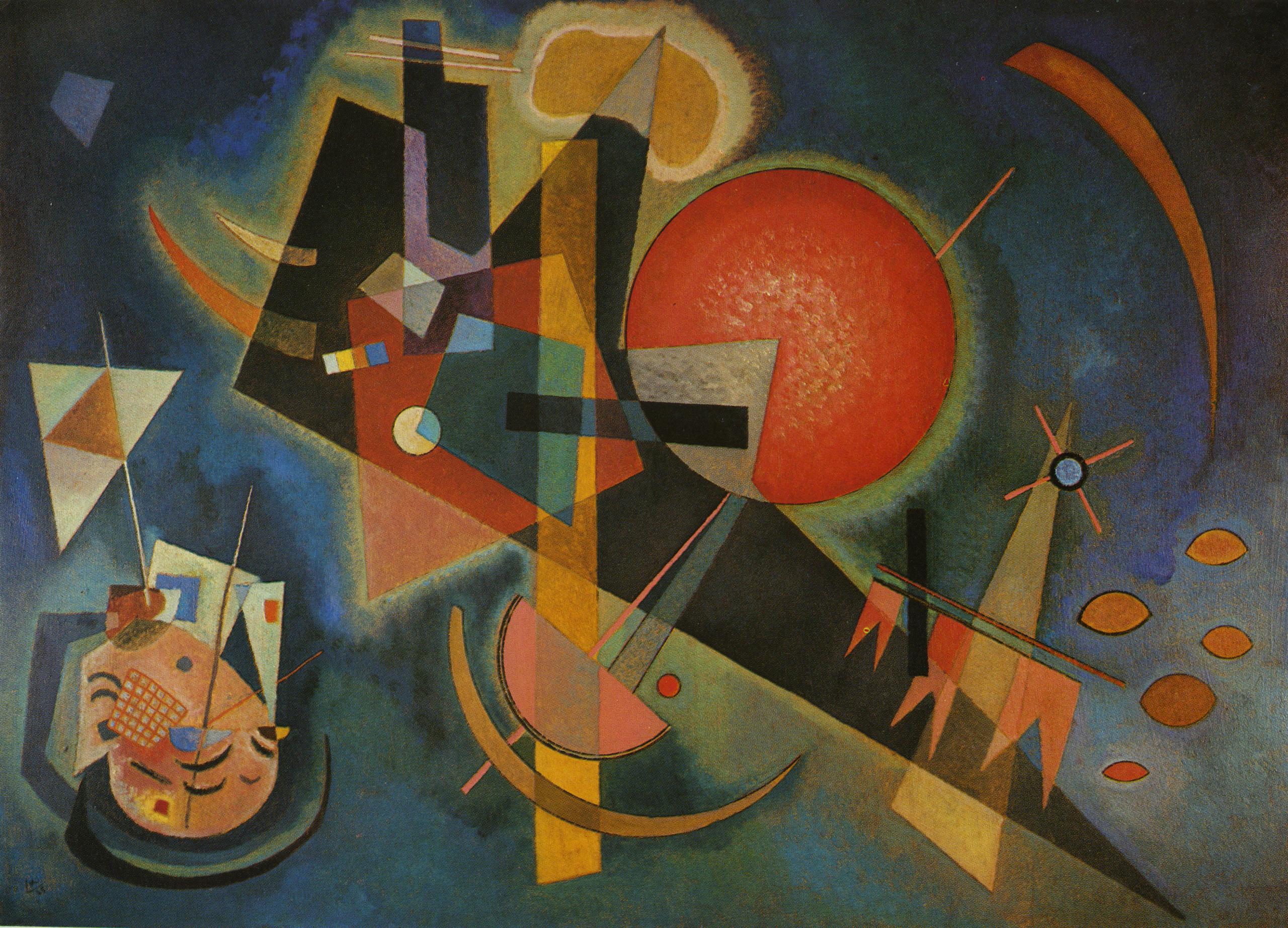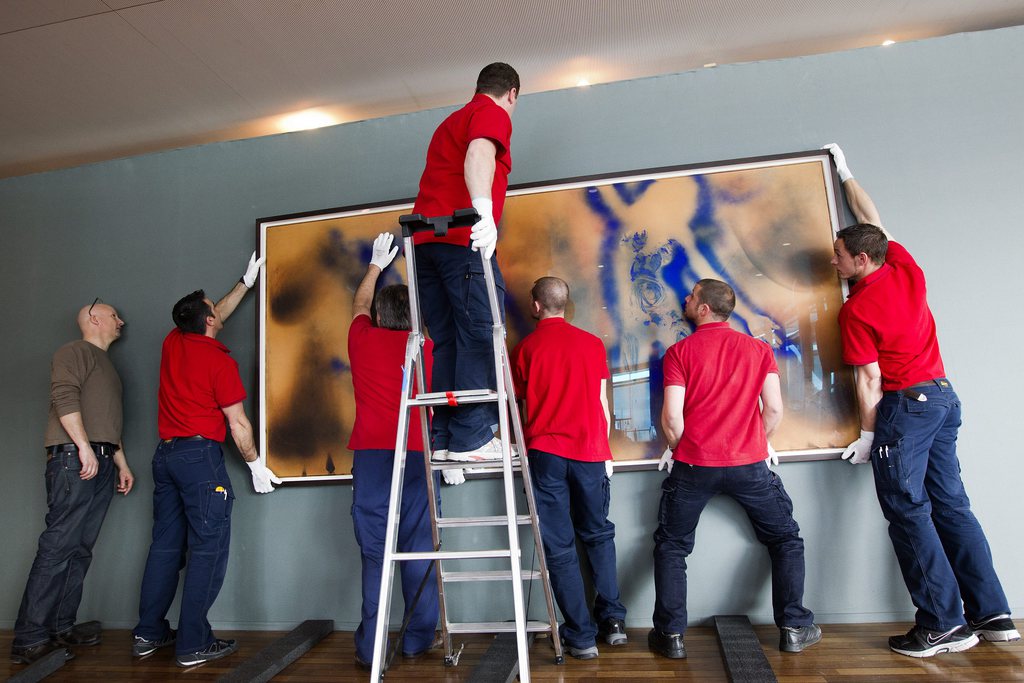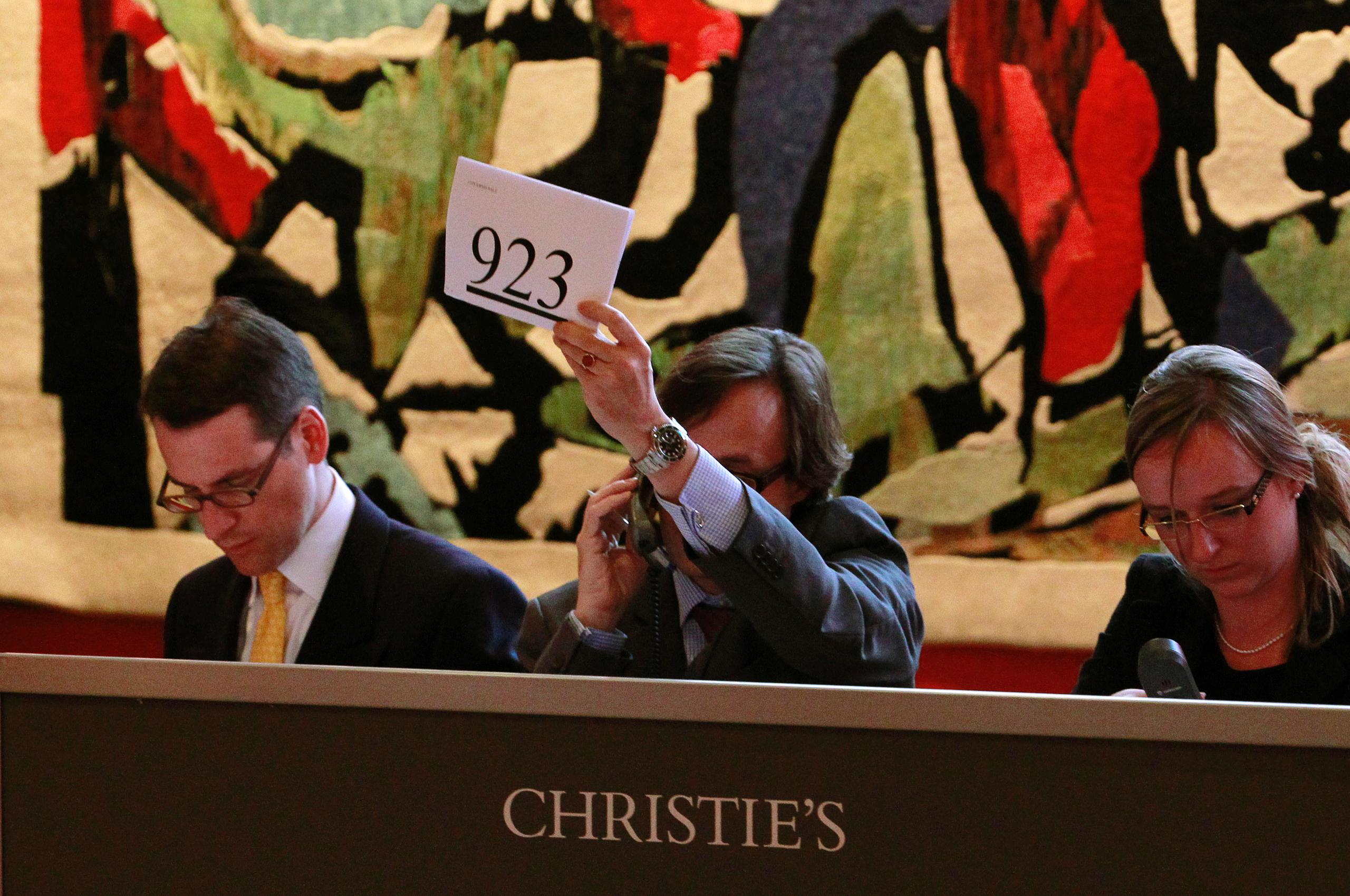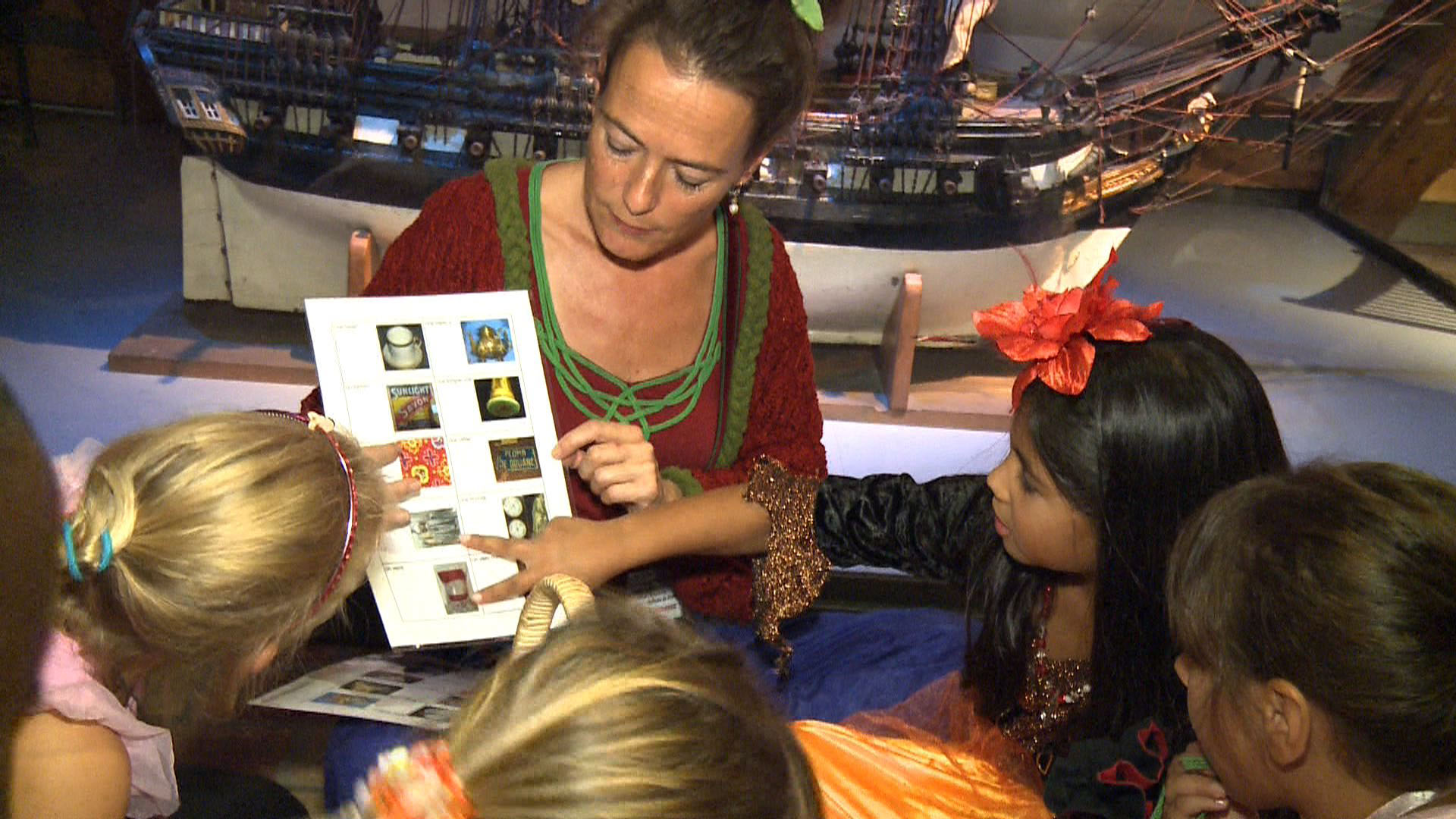Klee museum marks birthday with major shows

Ten years after opening, the initial teething problems of the Zentrum Paul Klee have almost been forgotten. To mark the anniversary, the Bern museum is staging the world’s most comprehensive exhibition of works by Klee and Wassily Kandinsky.
“We would like to have a major exhibition at least once a year, and not just every two to three years,” Peter Fischer told swissinfo.ch. “We have a big infrastructure and it must be full of life.”
Since he took office five years ago, the museum director has had to struggle with two fundamental constraints: The Zentrum Paul Klee is too big and its running costs are too high for it to be able to function as a single-theme museum, even if Klee is one of the great icons of modern art.
“In terms of visitor numbers we are still on the low side,” Fischer said, giving the figure of 200,000 as the target. In 2014, the Zentrum drew 166,000 visitors and in 2015 the number will most likely be higher. The problems of the past are now behind it.
“I think we have used the first ten years well to raise the profile of the Zentrum. It was a start-up. We had nothing existing to fall back on,” Fischer said. “We have succeeded in positioning ourselves internationally in the specialist community of international museums, but also in the research community. We have cooperated on many international exhibitions relating to Paul Klee.”
The international positioning, exchange and cooperation are now bearing fruit. Exhibitions of Klee’s work at the Tate Gallery a little over a year ago and in Leipzig in early 2015 were well received by the public and in the press.
As a kind of return deal for the Klee exhibition in the Tate, the Zentrum Paul Klee showed a retrospective of sculptures by Henry Moore (1898-1986), one of the most important sculptors of the 20th century, which belongs to the Tate.
Klee – general knowledge in Japan
The Zentrum is working closely with Japanese museums too. The museums in two Japanese cities, Utsunomiya and Kobe, will each hold an overview exhibition of Klee works from the Bern collection this summer. “Klee’s reception in Japan is phenomenal. He is very popular and well known there; in the same league as Claude Monet, Vincent van Gogh and Pablo Picasso,” Fischer explained. There are high numbers of Japanese tourists among foreign visitors to Bern, who account for about a third of all visitors and half in the summer.

More
Klee & Kandinsky: Friends, but also rivals
The Klee and Kandinsky exhibition in Bern, which runs until September 27, is the fruit of international networking by the Zentrum Paul Klee. The Kandinskys mainly come from the Lenbachhaus collection in Munich, which has many important works from the “Blue Rider” period. The Centre Georges Pompidou in Paris, the Nationalgalerie in Berlin and the New York Guggenheim Museum have all loaned works for the Bern exhibition.
The patron and local politics
While the international network works well, the process necessary to establish the Zentrum on a firm footing in the local political landscape was very tentative. That has much to do with the history of its founding and the patron who initiated it.
Maurice Edmond Müller, who died in the year 2000, was a pioneer in the field of orthopaedic surgery, the inventor of the artificial hip and an art collector. He donated CHF125 million to build the Zentrum, some of the land on which it was built, and almost half the pictures. However, he attached conditions: Müller wanted to be able to see the Zentrum from his living room, thus fixing its location on the outskirts of Bern, and he wanted Renzo Piano as the architect.
Piano, who created the Centre Pompidou in Paris together with Norman Foster and Richard Rogers, had just built the Fondation Beyeler in Riehen near Basel. In addition, Müller and Piano knew each other through a common friend, the Milanese pianist Maurizio Pollini. The surgeon had saved Pollini’s life after an accident.
The hangover after the ball
Piano built in record time; Müller paid for the construction. “The building and museum are sensational” and such an opportunity only comes once a century for “a little town like Bern”, enthused the Bern city president in his speech at the inauguration in July 2005. Other politicians spoke of the future “cultural capital of Switzerland,” “a new landmark” and “a beacon of light,” and dreamed of hordes of tourists from all over the world and thousands of additional overnight stays in hotels.
The euphoria vanished quickly. The streams of tourists proved to be much more modest than expected. Müller had paid for the construction, but the running costs, the expensive care of Klee’s works, and the maintenance of the building had to be paid for out of the public purse. Both the city and canton of Bern had launched austerity programmes and politicians fought for years over the distribution of the costs and demanded savings. The museum fell victim to financial turmoil and suffered long-term image problems.
Stable concept
When Fischer took up office as the director in autumn 2011, he first had to implement a restructuring programme and clean up the finances. Last year, the Zentrum was in credit for the third year running. Since 2014, the canton has paid CHF6 million in subsidies, which include an additional sum for maintenance of the building. The Bern Citizens’ Community also paid a one-time contribution of CHF4 million toward restructuring the finances.
Fischer is now optimistic for the future and about his concept for the museum’s programme. The aim is to gain a deeper understanding of Klee’s work and to reach a broad audience with blockbuster exhibitions. “As the last years have shown, this can also be a long-term concept,” he said.
Fischer also wants to be proactive in raising more money from businesses. “Once you have entered a virtuous circle of success, you find more support. No one wants to sponsor an institution that is constantly in the headlines because of financial problems. That was the case for a few years, and we have now succeeded in changing that. We are suddenly sensing interest from businesses wanting to connect with us to strengthen Bern as an arts centre.”
Translated from German by Catherine Hinkley

In compliance with the JTI standards
More: SWI swissinfo.ch certified by the Journalism Trust Initiative












You can find an overview of ongoing debates with our journalists here . Please join us!
If you want to start a conversation about a topic raised in this article or want to report factual errors, email us at english@swissinfo.ch.